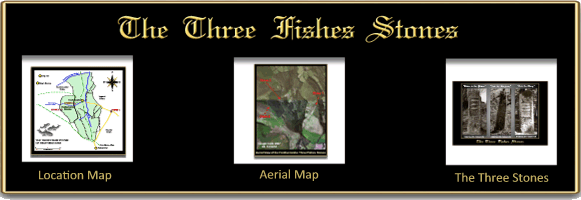
Nestled below the mighty Hameldon ridge is a small valley called Heathercombe, here a small stream known as ‘The Burn tumbles’ down from the moor and runs down to join the river Bovey, passing through the Heathercombe estate as it joins the Heathercombe Brook. Man has trod this part of the moor for at least 3,000 years and evidence of their occupation lies all around the Heathercombe estate in the form of hut circles and reaves. In medieval times Heathercombe was recorded in 1244 as Heddercumb which points to the fact that there was a probable settlement here. Later Heathercombe consisted of two longhouses known as North and South Heathercombe which eventually became the Heathercombe Estate which was owned by Claude Pike. He was a local solicitor and industrialist involved with the ball clay industry and was also involved in local conservation and wildlife bodies. From 1966 – 1991 Pike re-afforested much of the Heathercombe estate and in doing so established an arboretum along with many access rides and the re-instatement of the lake and ponds. Sadly he did not have long to see his work mature as on the 2nd of October 2002 he passed away. But one other legacy that he left Dartmoor is the topic of this page – the ‘Three Fishes’, well in fact there are ‘Nine Fishes’ to be exact and these do not swim around in the lake or ponds.
Dotted around the Heathercombe estate are three rough granite pillars that stand about 5 feet tall, on each stone a panel has been cut, inside which appears three fish vertically stacked and under which is a doxology of the Lord’s Prayer. The three fishes are representations of the early symbol of the Christian belief which reflected Claude Pike’s faith. Stone number 1. was erected in 1969 and stands at the junction of the Heathercombe lane and the Natsworthy road, the inscription on this stone reads, “Thine is the Power‘. Stone number 2. was sited in the Easter of 1971 and is located on the right-hand side of the lane leading up to Heathercombe Brake, this one bears the inscription, “and the Kingdom“. The final stone, number 3., was erected in 1977 at proudly sits just inside the Heathercombe Newtake below Hambledon Tor, this pillar bears the very apt words, “and the Glory“. It would seem that this stone has been re-cycled as the metal hanger suggests that it once served as a gate post. Hemery (1983, p.722) wrongly dates the erection of this stone to 1976 but does add that the pillar was taken up to the moor by means of a very expensive mobile crane ride.

Many thanks to Keith Ryan for giving permission to use his photographs from his Dartmoor CAM website
In a religious context the symbol of three fishes generally relates to the Holy Trinity, namely Father, Son and Holy Ghost. Some of these depict three interlocking fishes and are known as ‘triquetra’ symbols as can be seen opposite apparently most commonly used by the Celtic Christian Church. However, in his book Claude Pike (1993, p.91) explains his personal reasoning behind the fishes stones were nothing to do with with his surname:
“These stones record the owner’s philosophy of mans’ stewardship; power derived from whatever source, to be exercised responsibly as a steward. Similarly, the Kingdom – all one’s worldly assets to be held on trust; and finally, the beneficial outcome to be for the Glory of the Lord“.
Sadly these sentiments and the stones have become slightly lost in the traditions of Dartmoor although Starkey (1984, p.18) notes the following:
“… The Fishes Stones were erected in the 1960’s and 70’s by the owner of the estate. The intention I am told, was to demonstrate his concern over the world-wide abuse of power. The result has been the erection of three beautiful and dignified artefacts to add to the splendours of the Dartmoor landscape“.
Hemery (1983, p.722) remarks that the stones are, “… an expression of Mr Pike’s personal concern over the world-wide abuse of power“. Sadly he does get the inscriptions of stone number 2. and 3. wrong as he states that they read respectively, “Thine is the Kingdom“, and “Thine is the Glory“, a mistake that was picked up by John Haywood (1991, p.154). Regardless of the sentiments behind these stones it is interesting to see modern man reverting back to the prehistoric tradition of marking out one’s land with standing stones which bear religious symbols.

Hayward, J. 1991 Dartmoor 365, Curlew Publications.
Hemery, E. 1983 High Dartmoor, Hale Publications, London.
Pike, C. 1993 Heathercombe, Westcountry Books, Tiverton.
Starkey, F. H. 1984 Odds and Ends from Dartmoor, F. H. Starkey.
 Legendary Dartmoor The many aspects past and present of Dartmoor
Legendary Dartmoor The many aspects past and present of Dartmoor

Reference is Hayward.J., not Haywood.
Hayward ref is p.154, I 16, not p.116.
Your website is appreciated. Thank you.